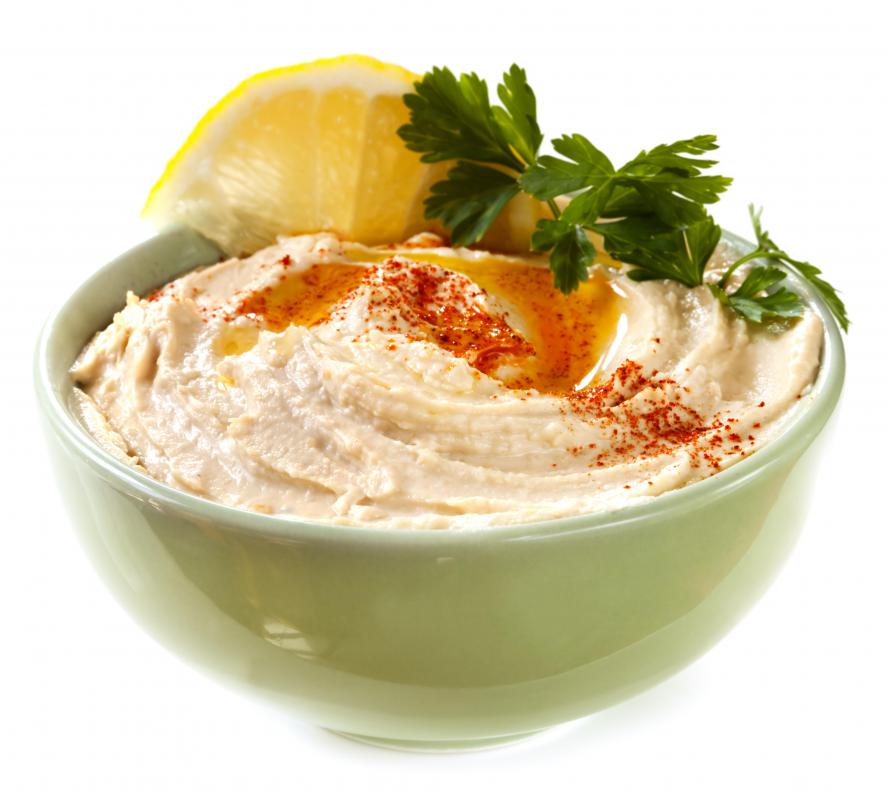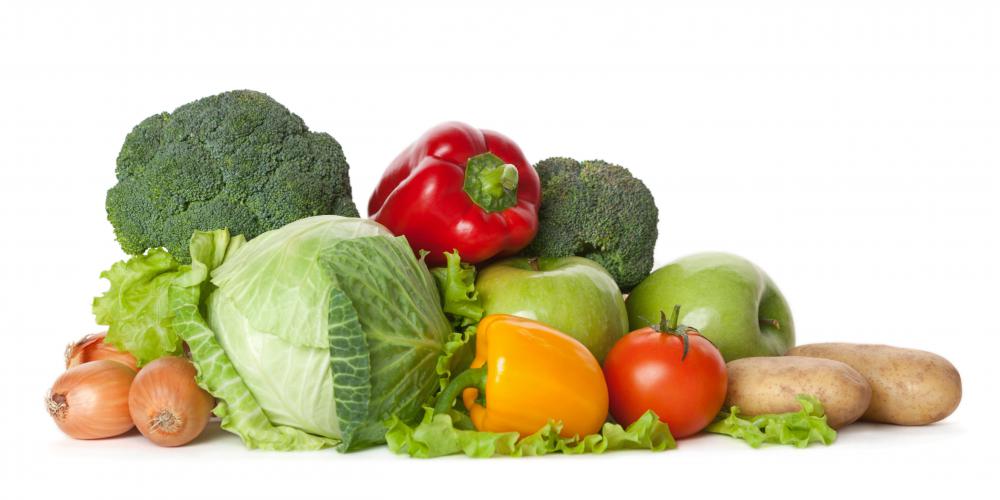At WiseGEEK, we're committed to delivering accurate, trustworthy information. Our expert-authored content is rigorously fact-checked and sourced from credible authorities. Discover how we uphold the highest standards in providing you with reliable knowledge.
What Are the Different Types of Gluten-Free Snacks?
There are several different types of gluten-free snacks that can typically be consumed safely by those with celiac disease or gluten intolerance. There are a multitude of no-cook, gluten-free snacks that can be eaten at home or during the day, including fresh and dried fruits, nuts, and vegetables. Hardboiled eggs and homemade trail mix are also good snacks for those with gluten intolerance. For a savory gluten-free snack, “frogs on a log” is often a good option, and a sweet tooth can be satisfied with chocolate and nut butter sandwiches.
Fruit is possibly one of the most popular and easiest types of gluten-free snacks. Nearly any piece of fruit, including apples, bananas, and grapes, can be served alone or together between meals. For a portable gluten-free snack, dried fruits are nutritional and tasty. Dried mango, raisins, apple chips, and banana chips are all quick and satisfying snacks for many. In addition, there are also a number of freeze-dried fruits now available in your grocer’s market or at specialty stores.

A variety of nuts can also be eaten as healthy, protein-packed gluten-free snacks. A bag of mixed nuts travels well to school or work, or a handful of nuts can be eaten at home to tide one over until the next meal. For added flavor, the nuts can be sprinkled with a mixture of spices and lightly toasted. Nuts can be made sweet with a mix of cinnamon and a gluten-free sugar substitute, or spicy with red pepper flakes and salt.

Two of the most popular vegetables for gluten-free snacks are edamame and carrots. These can be eaten alone as a quick, crunchy snack or with a dip. A bowl of hummus or peppered cottage cheese is a common choice, and can add protein to these gluten-free snacks, keeping one fuller for longer. Edamame, a popular vegetable in Japanese culture, is also delicious when simply sprinkled with a small amount of kosher or sea salt.

Homemade gluten-free snacks require slightly more preparation, although they are typically simple as well. A hardboiled egg often makes a good snack between lunch and dinner. Homemade trail mix made with a mix of nuts, dried fruits, and gluten-free cereals is easy to make in large batches and portion out for future snacking.
“Frogs on a log” is typically a quick and healthy snack for those with celiac disease. A piece of celery is split in half and then filled with cream or cottage cheese. Sliced, pimento-stuffed olives are then layered on top. This gluten free snack provides a vegetable, protein, and a small, salty bite.

For a sweet snack, chocolate and nut butters are popular, although, when purchasing these items, it is important to make sure that each are gluten-free and not made in the same factory that produces other products containing gluten due to the risk of cross contamination. Dark chocolate can be spread with any number of nut butters, including almond, cashew, and pistachio, and then topped with another piece of chocolate. This can make a sweet afternoon snack or a light dessert.
AS FEATURED ON:
AS FEATURED ON:
























Discussion Comments
@Iluviaporos - There is plenty of evidence that modern gluten isn't good for people in general. And, frankly, I'm glad this became a fad because it meant that people who have to be gluten free have suddenly received so many more options than they used to have.
You can even get gluten free flour and bread in the supermarkets these days, which used to be almost impossible even a few years ago.
@croydon - I think a lot of people who aim for a gluten free diet aren't actually gluten intolerant. I know there are definitely people who simply cannot have gluten and that's fair enough, but if you simply don't think gluten is good for people in general, it's not going to hurt you to have a little bit of gluten mixed in with your food.
It's basically a fad that can be kind of annoying when people take it too far even though they have no real reason to do so.
Unless you're getting food that is specifically marketed as being gluten-free, I would stick to unprocessed foods. It's so difficult to completely remove gluten from factories that almost everything that is processed is going to have some in it, even if it's made from ingredients that don't have gluten themselves.
If you absolutely need a gluten free diet, then I wouldn't take the risk of eating something that doesn't specifically say "gluten free" on the packaging, even if it's something that you might think would be gluten free, like dried fruit.
Believe me, if the company is making sure that their products are safe for you to eat, they will advertise it, because it's just another selling point for them.
Post your comments